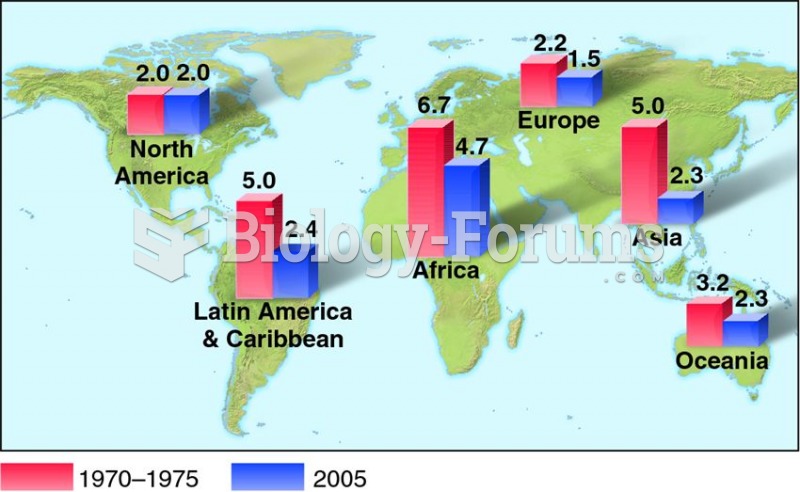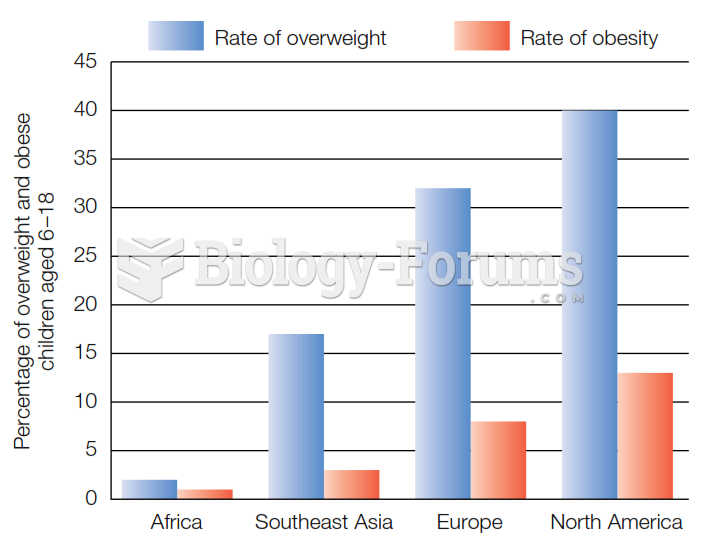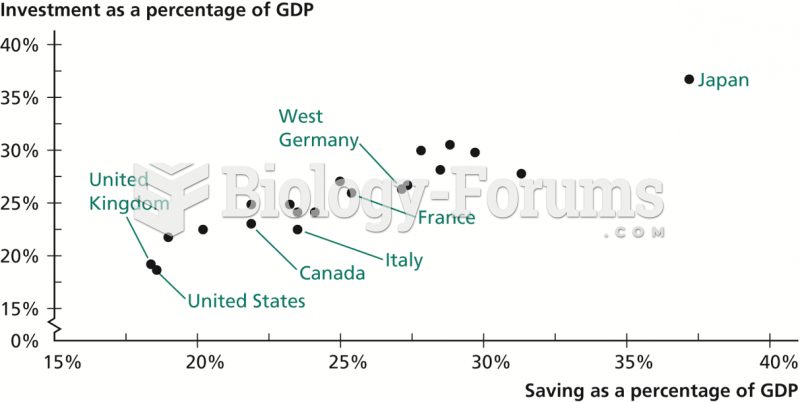Answer to Question 1
Managers prefer that movements in exchange rates be predictable. Predictable exchange rates reduce the likelihood that companies will be caught off-guard by sudden and unexpected rate changes. They also reduce the need for costly insurance (usually by currency hedging) against possible adverse movements in exchange rates. Rather than purchasing insurance, companies would be better off spending their money on more productive activities, such as developing new products or designing more efficient production methods.
The usefulness of the law of one price is that it helps us determine whether a currency is overvalued or undervalued. Each year, The Economist magazine publishes what it calls its Big Mac Index of exchange rates. This index uses the law of one price to determine the exchange rate that should exist between the U.S. dollar and other major currencies. It employs the McDonald's Big Mac as its single product to test the law of one price. The Big Mac is used because each one is fairly identical in quality and content across national markets and almost entirely produced within the nation in which it is sold.
The drawbacks of the Big Mac index reflect the fact that applying the law of one price to a single product is too simplistic a method for estimating exchange rates. Nonetheless, academic studies find that currency values tend to change in the direction suggested by the Big Mac index.
Answer to Question 2
There are six key tasks of international human resource managers. First is international staffing-activities related to recruiting, selecting, and placing employees. Second is preparing and training workers. Third is international performance appraisal, providing feedback necessary for employees' professional development. Fourth is formulating compensation and benefits packages that may vary greatly from country to country. Fifth is interacting with labor unions and collective bargaining. Sixth is achieving diversity in the international workforce.







